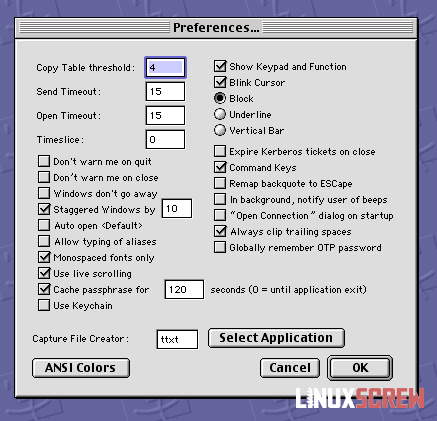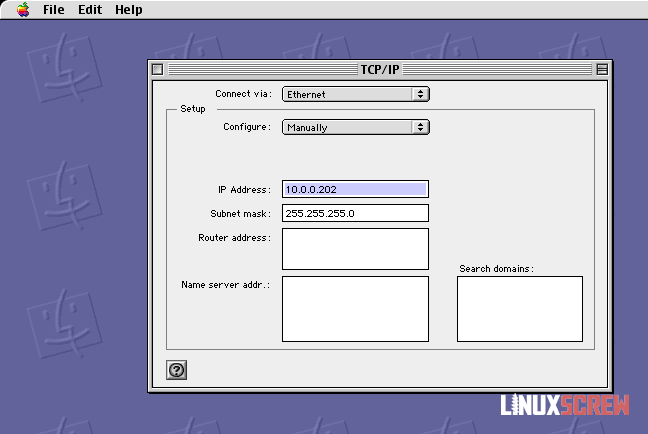

QEMU is a great tool for testing software on different architectures without having to buy the hardware. It can also emulate a variety of devices such as network cards, and storage devices. QEMU can emulate various CPUs, including x86, ARM, and more. It allows you to run operating systems and programs designed for one architecture on a different architecture, thereby enabling cross-platform emulation. QEMU is an open-source software tool that provides hardware virtualization capabilities. At the end of the article, we will put the whole environment in Docker, so you will be able to emulate a Raspberry Pi by just using a Docker container. This article dives into QEMU, a popular open-source emulator, and how to use it to emulate a Raspberry Pi on your desktop.

If you don’t care about the details, you can jump straight to the Docker image section to get it running. This article will delve into the challenges and opportunities of emulating a Raspberry Pi using QEMU. While emulation is severely limited, and most hardware interactions will probably lead to application crashing, it is enough to debug dependency issues across Raspberry Linux versions.

Emulating a Raspberry Pi with a tool such as QEMU could offer a solution to some of these challenges. With many available versions and flavors of Raspberry-compatible Linux, it’s challenging to debug issues related to dependencies of each Linux version, and reflashing the Raspberry SD card each time with a different image is time-consuming. These devices ship with a customized Linux distribution that differs from standard Linux, adding a layer of complexity for developers trying to troubleshoot application problems and dependencies. Once you have a working disk image large enough to install other software on, you can access other install disk images from the "Unix" icon on the Mac desktop which can access the file system of the Raspberry Pi.The Raspberry Pi, a compact single-board computer, is widely used for DIY projects to industrial applications. Since the disk setup GUI is not included in RetroPie's version of Basilisk, you must install Basilisk on your PC to create a larger image and copy your disk.img file to it. If your disk.img file (from MacStartup.img) only has a few MB of free space on it while running the emulator, you must create a new larger one if you want more free space. Universal Controller Calibration & Mapping Using xboxdrvĬonvert RetroPie SD Card Image to NOOBS Imageįor more details see the forum post at and the links therein for detailed instructions about how to set up Basilisk II. Validating, Rebuilding, and Filtering Arcade ROMs


 0 kommentar(er)
0 kommentar(er)
